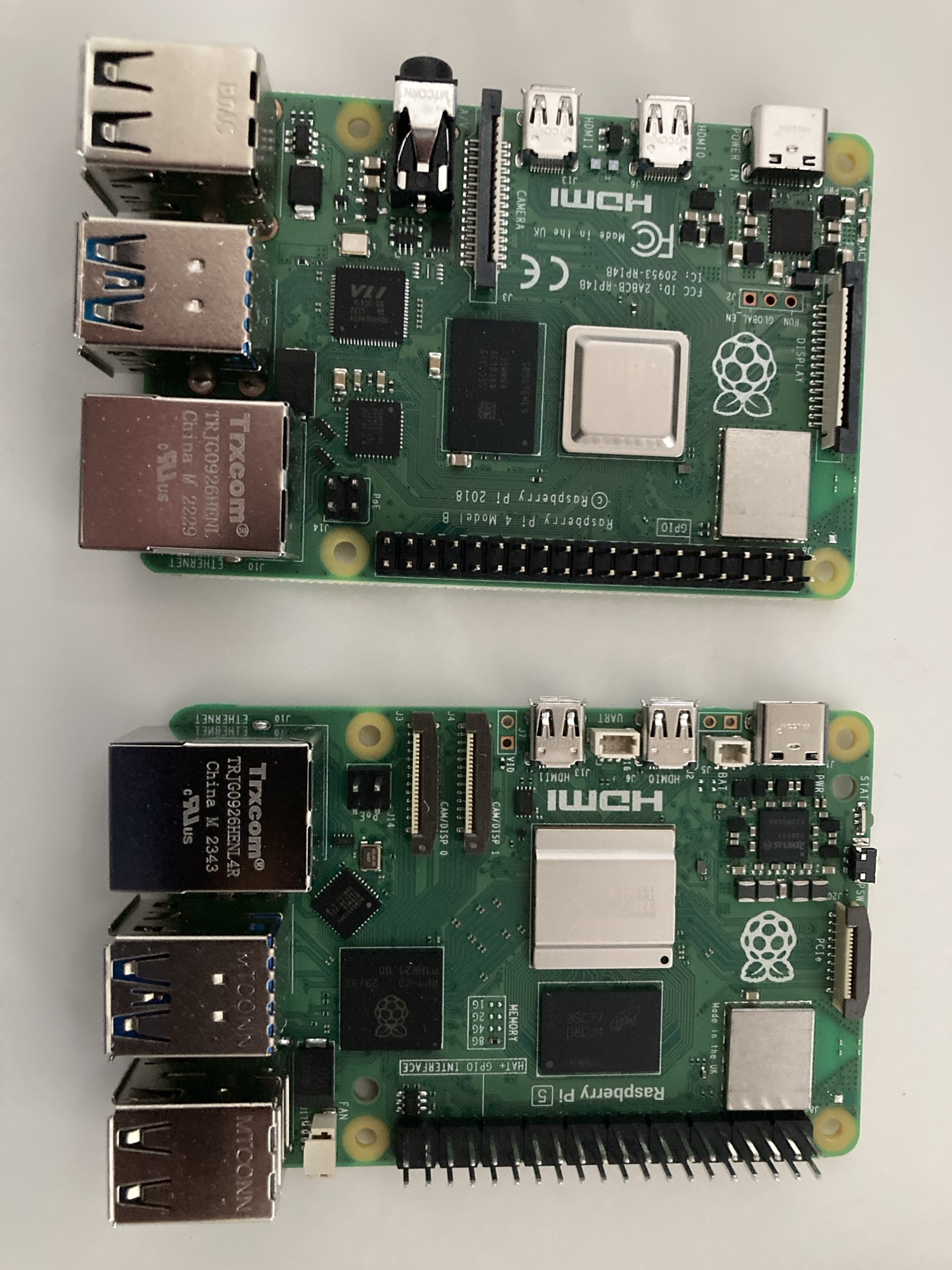Tag: control
-

Organising Terabytes Fast
Reading Time: 4 minutesImagine for a second that you have six hard drives filled with Data. Some are four terabytes. Others are one terabyte each, and you’ve already sorted personal videos and photos from other media files. Each drive is moved to its own folder Two Terabyte Seagate has gone from being a drive to a…
-
Keeping Twitter Private
Reading Time: 2 minutesTwitter has three options. You can tweet to the world without barriers and anyone can read and respond. This is great when you want to grow your network and have conversations. The second option is to send DMs to specific individuals or groups (if I remember correctly). The third option is to…